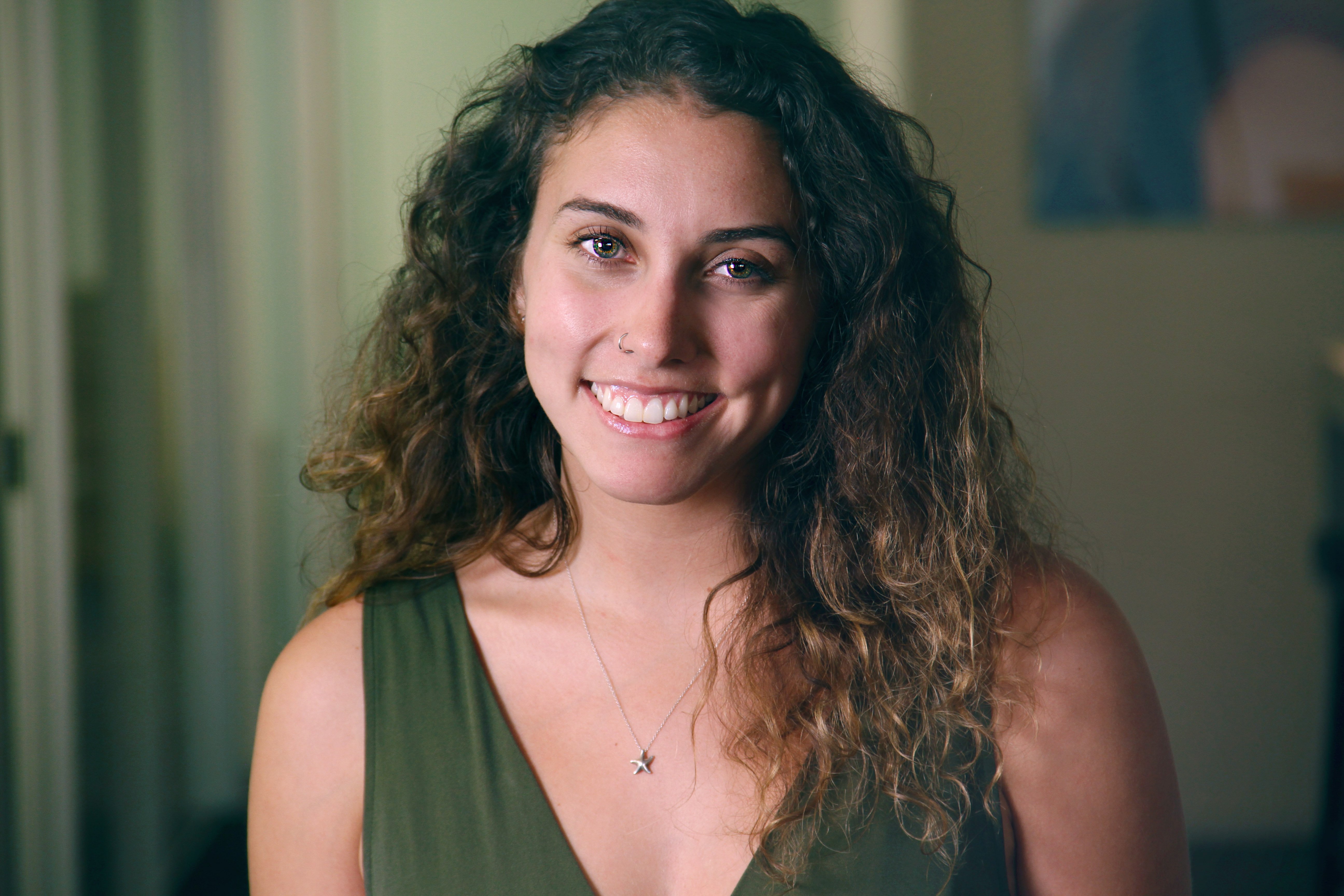4 Big Problems With Using Minoxidil That You Need to Know About

When you start to lose your hair, you start to look for answers. More than likely, you’ll look to products and solutions that have been tried by many other people. After all, you want to quickly find the solution that will work for you. Hair loss won’t wait and neither can you. One of the most popular hair loss treatments is Minoxidil.
In 1988, the FDA- approved over-the-counter Minoxidil to treat hair loss. In 2014, it was the only FDA-approved drug to treat hair loss caused by androgenetic alopecia. Since then, it has become the most popular treatment to combat hair loss. As the most popular treatment and through effective marketing strategies, Minoxidil has solidified itself as the solution for hair loss. However, as with any drug, Minoxidil doesn’t come without its problems. For some individuals, Minoxidil is the best treatment they could have asked for.
At Daniel Alain, we strive to provide a holistic approach to hair loss. From the beginning stages of hair loss to providing coverage for total hair loss, we understand how crucial it is to find a hair loss solution that works for you. Since Minoxidil is one of the most popular hair loss treatments, we've invested in research to discover what makes Minoxidil effective and discovered that the SULT1A1 enzyme is needed to convert Minoxidil into its active form.
In this article, we’re going to highlight four problems that can come up when using Minoxidil. By the end of this article, you’ll be more informed about problems associated with Minoxidil and be more empowered to find a hair loss solution that works for you, whether it's Minoxidil or another treatment.

Problem 1: Minoxidil Has Side Effects
Like any drug, Minoxidil has side effects that can deter people from using it.
Two of the primary ingredients in most Minoxidil products are propylene glycol and alcohol. This can lead to general irritation on the scalp at the application site as well as rashes or a burning sensation.
A lot of people who begin Minoxidil treatments note that Minoxidil seemed to increase their hair loss, rather than decrease it. This increase in hair shedding can be concerning and frustrating, considering that Minoxidil is supposed to do the opposite. Although this excessive shedding is part of the natural hair growth cycle making way for new hair, many people find it alarming and stop treatment as a result.
Additionally, Minoxidil can stimulate hair growth in areas other than on the head. Individuals have reported facial hair growth while using topical Minoxidil on the top of the head.
Problem 2: Minoxidil Takes a Long Time to Work
Minoxidil doesn’t start working overnight, within a week, or even within the first few months of use. On average, it takes six to nine months of using Minoxidil twice a day, every day, to start seeing results. Even then, you won’t notice a full head of hair. You’ll only notice the beginning stages of regrowth. For some people, this is all the growth you’ll see from using Minoxidil.
In clinical studies, Minoxidil’s success rate included any sort of hair regrowth from minimal to full. A majority of participants in the study only experienced moderate regrowth.
Problem 3: You Have to Use Minoxidil Indefinitely
Minoxidil isn’t a hair loss treatment you can use for a while and then stop using. You have to use it twice a day, every day. While Minoxidil is relatively inexpensive, this indefinite usage will add up over time. If you do stop using Minoxidil, you will begin losing your hair again.
Problem 4: Minoxidil Doesn’t Work for Everyone
Minoxidil will only work if you’re experiencing hair loss through androgenetic alopecia. Even then, it still won’t work for everyone. Minoxidil only works for 30-40% of women and 50% of men. Minoxidil is a “pro-drug” and requires an enzyme, sulfotransferase - SULT1A1, to be present to convert it to its active form minoxidil sulfate for the body to use. Minoxidil only works if you have a sufficient amount of the SULT1A1 enzyme that creates the ideal scalp environment for Minoxidil to be effective.
How Do I Know if Minoxidil Will Work for Me?
After reading this article, you now understand some problems that can arise with using Minoxidil. Minoxidil has been an effective hair loss treatment for millions of people despite its drawbacks. But after learning about how long it takes to work, potential side effects, and how it is not an effective treatment for everyone, you may be wondering if there’s any way to know if Minoxidil is right for you.
Until now, starting Minoxidil treatments has been a very long guessing game. You could wait 6-9 months and never see results. Instead of spending time and money on a treatment that may not be effective, you can take the Minoxidil Response Test from Daniel Alain. Over ten years of research, the team at the Daniel Alain labs discovered the correlation between having a sufficient amount of the SULTIA1 enzyme and the effectiveness of Minoxidil.

Using six strands of hair, you will get the answer to the most asked question about Minoxidil: Will Minoxidil work for me? Within 14 days of sending your samples into our CLIA-certified lab, you’ll discover whether Minoxidil treatments will work for you. Take out the waiting game, take control of your hair loss, and order the Minoxidil Response Test for men or women.



